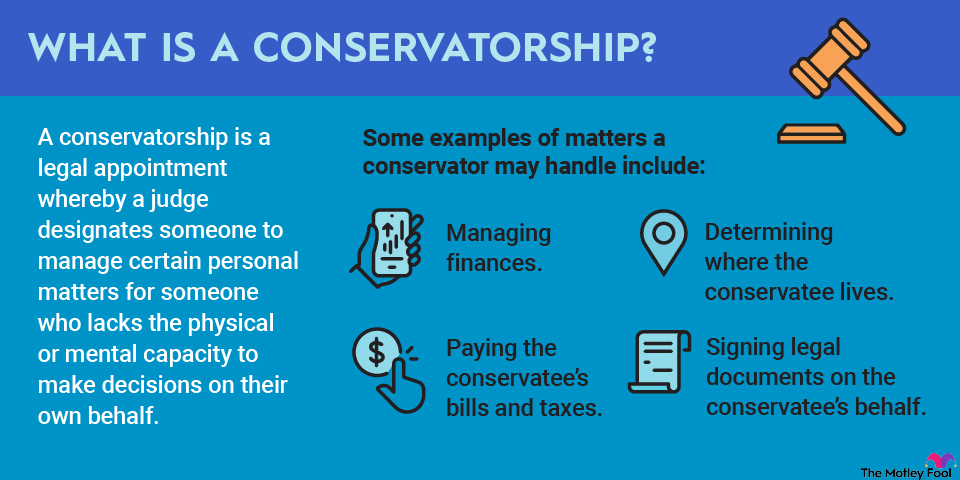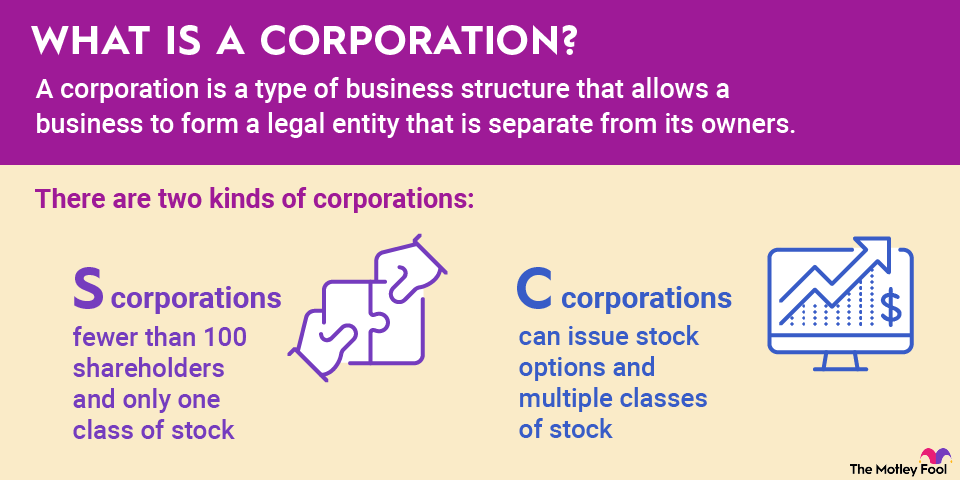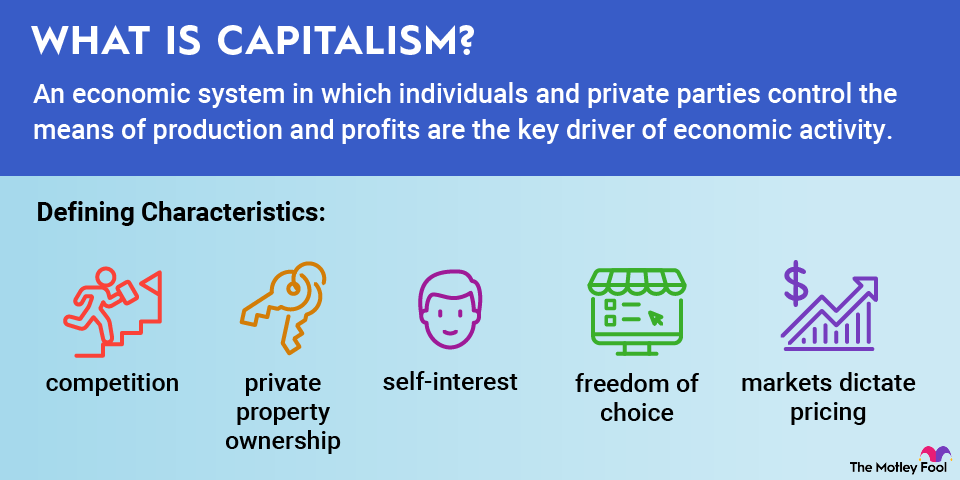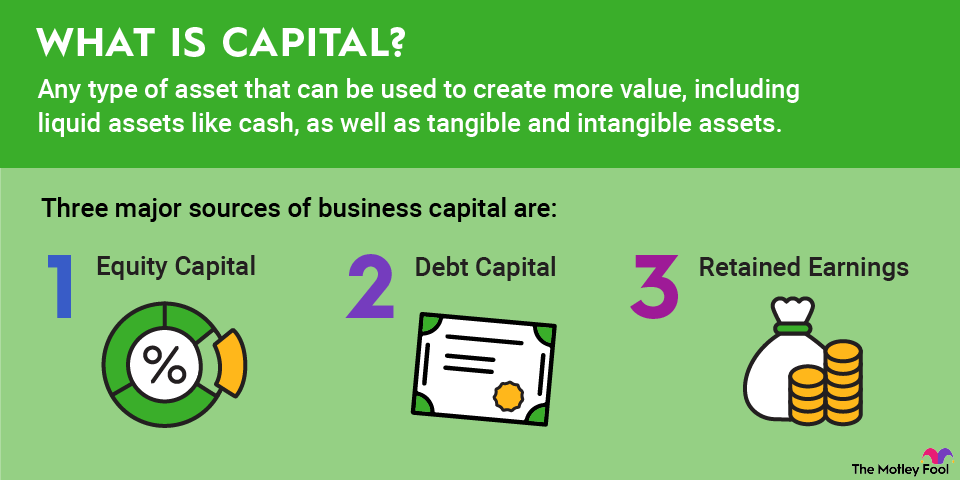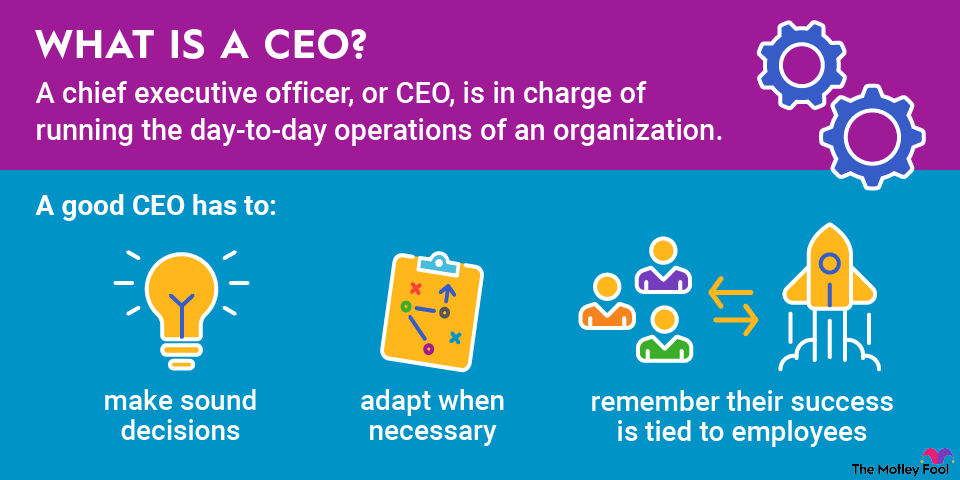Although there’s no real agreed-upon definition for community banks, they’re generally considered to be financial institutions that serve local businesses and individuals. Instead of being concerned about Wall Street, community banks generally focus on Main Street, emphasizing relationships and community engagement. Read on to learn more about community banks.

What is a community bank?
A community bank is a financial institution focused on meeting the needs of a local area and its residents. Unlike national and regional banks, community bankers often live in places where they do business. The difference between megabanks and community banks can be summed up simply: Large banks answer to Wall Street and focus on shareholders, while community banks answer to Main Street and focus on their customers.
The definition of a community bank depends on who you ask.
- The Office of the Comptroller of the Currency defines community banks as financial institutions with less than $1.5 billion in assets.
- The Federal Reserve defines community banks as institutions with less than $10 billion in assets.
- The Federal Deposit Insurance Corp. (FDIC) places a number of restrictions on the definition of community banks, but it sets a general threshold at $1.65 billion in assets.
The number of community banks has been declining for decades, although the decrease began slowing during the COVID-19 pandemic. Between 2014 and 2024, the Federal Reserve Bank of Kansas City found about 1,700 mergers involved community banks, with more than 200 occurring annually between 2015 and 2019.
Despite the dwindling numbers, a 2023 Fed study found local businesses prefer small banks when it comes to getting loans; 81% of businesses that applied for loans were happy with their experience. Only 68% were satisfied with large banks, and slightly less than half said they had a good experience with online lenders.
For investors, community banks can offer significant value. Most community banks, however, are traded on an over-the-counter basis to avoid costly and time-consuming regulations required by the New York Stock Exchange and Nasdaq Stock Exchange. Because they’re traded over the counter, trading volume tends to be considerably lower.
Pros and cons of community banks
Smaller banks have their advantages and disadvantages. Some of the positive elements of community banks include:
- Personal service. Because they’re owned and managed by people who live in the area, community banks can provide better service than remote employees from a big bank.
- Local focus. Community banks prioritize investment in their communities, helping area businesses and individuals prosper.
- Relationships. Instead of relying solely on metrics like credit scores and debt-to-income ratios, community banks can often consider less quantifiable factors, like discretionary spending and the customer's history with the bank.
- Community service. As businesses that are part of the community, they often contribute volunteer and financial services to local organizations and support area charities.
- Fees. The Consumer Financial Protection Bureau reported in 2021 that overdraft and nonsufficient fund (NSF) fees were typically 13% to 19% lower at small banks and credit unions than fees at large banks.
Despite their advantages, community banks have a few drawbacks:
- Products and services. Community banks usually offer loans and deposits but are less likely to have offerings like credit cards, investment services, and wealth management.
- Branches. While national banks typically have a large network of ATMs and branches, community banks generally are much more geographically limited.
- Digital banking. Large banks have spent billions on financial technology (fintech), resulting in comprehensive online services for customers. Community banks tend to have fewer online services , and these features are often less secure.
Top community banks
A 2024 American Banker analysis found that publicly traded small banks -- defined as those with assets of less than $2 billion -- were in a bit of a slump. The typical small bank in the top 100 of its analysis had median net revenue growth of 6.5% in 2023, down from the previous year’s 12% figure. Core deposits also dropped by more than 8% at publicly traded banks with less than $2 billion in assets in 2023.
Related investing topics
Here are five of the top-performing community banks in 2024:
FFB Bancorp (CFST +1.20%). The Fresno, Calif.-based bank reported a 29.7% return on average equity (ROAE) from 2021-23. Almost 91% of its deposits are “core deposits,” or money that customers directly transfer into checking, savings, or money market accounts.
FinWise Bancorp (FINW -0.94%). Based in Murray, Utah, this community bank recorded a 27% ROAE during the three-year period. It posted a net interest margin (NIM) of 11.65%, well above the average 3.25% for community banks at the end of the first quarter of 2025.
Solera National Bancorp (SLRK -0.14%). The Lakewood, Colo., bank posted a 26.6% ROAE from 2021-23. Only 0.42% of its total assets were non-performing, less than half the national average in 2024.
FNB Bancorp (FBIP +2.22%). Headquartered in Newton, Penn., this community bank reported a non-performing asset ratio of 0.22%. Core deposits made up 95.6% of the bank’s total assets, and its return on average assets (ROAA) – a metric that gauges how effectively a bank uses its assets to generate profits – was 1.38%, greater than the 1.16% national average for the first quarter of 2025.
CW Bancorp (CWBK +3.50%). The Irvine, Calif.-based bank boasts a 3.87% NIM and a 1.58% ROAA, as well as a 22.8% return on average equity between 2021 and 2023. Core deposits made up 91.25% of all deposits, well above the 72.7% posted by the typical community bank during the fourth quarter of 2024.
